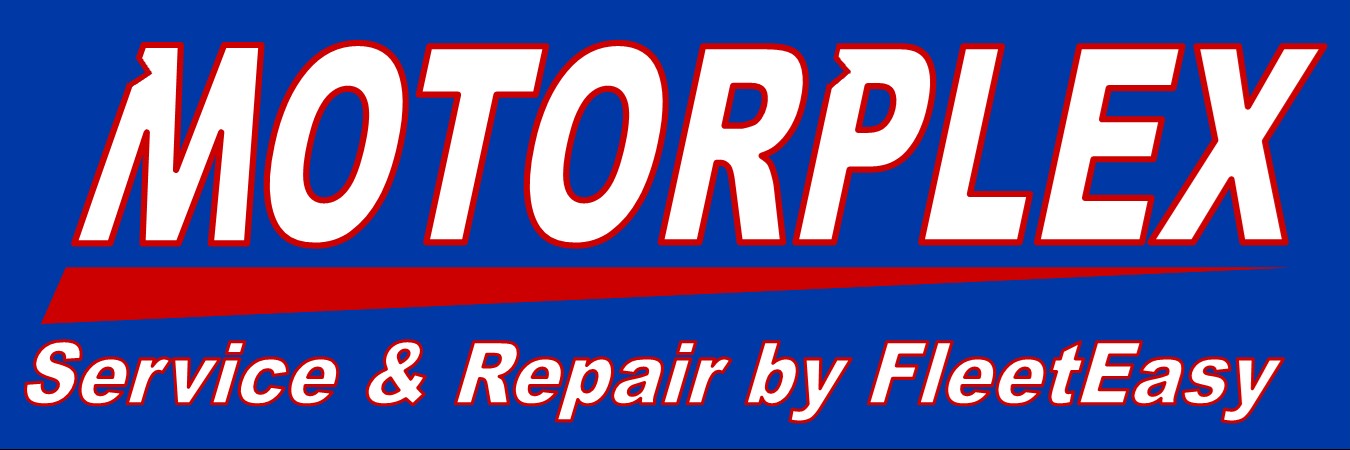Staying safe while on the road is a primary focus for commercial truck drivers. Not only is on-road safety awareness critical, but so is taking care to inspect your vehicle and investing in preventative fleet maintenance.
Tires, especially, carry a lot of weight and pressure that can risk severe accidents if the tires are compromised. Before any trip, always complete a tire inspection and fleet maintenance check to catch and repair any potential problems. An inspection can eliminate the need for unscheduled onsite heavy truck repairs.
There are four key things to look out for with tire inspections: tread depth, wear, tire sidewalls, and tire pressure. Drivers should not begin their trip without checking these components and given the all-clear.
Tread Depth
Front steer tires should have a tread depth of 4/32”; anything less increases the risk of an accident. Tread depth is essential to check because it provides the necessary grip on the road while driving. Without that grip, the tires lose traction, so there is less control and safety when driving or attempting to break. Poor weather conditions like rain or snow further increase the risk by limiting the grip even more. If the tires are in poor condition, have them replaced to avoid onsite heavy truck repairs.
Tread Wear
All tires will eventually wear down and need replacing. When treads do show wear, it should be even across the entire tire. Uneven tread indicates that there is a misalignment with the axles or, over or underinflation. Any cause for uneven wear is a warning sign that should not be ignored or left unrepaired.
Other signs of wear and damage to look out for are either cupping or feathering, which also mean misalignment or an issue with the shocks. Cupping refers to indentations in the tire resembling cup marks. Feathering means the tread has worn out more on one side of the tire than the other. If you catch issues early on, fleet maintenance can correct the problem. Having the vehicle in for an inspection and repairs will extend the lifespan of the tires.
Tire Side Walls
Visually inspect both the outside and inside sidewalls of the tires for any cuts or bulges. Address any cuts, cracks, or bulges immediately with onsite heavy truck repairs. Replace the tire if needed. Bulges on the side walls are a significant concern that you shouldn’t ignore. Bulging indicates the tire wall has thinned enough to allow air to escape. Typically, on-road damage caused by potholes, railroad crossings, or impacting a curb can cause this. It can also be a sign of the tire itself failing, but an immediate replacement is needed in either case.
Tire Pressure
Tires that are at 20% below the pressure recommendation for the truck should always be considered flat. Visual inspections alone are not enough to catch the pressure, so always use a calibrated pressure gauge to check. Overinflation can also cause uneven tread wear along the middle of the tire. With large and heavy vehicles, overinflated tires risk blowing out while on the road and causing severe accidents. Ideal tire pressure should be at 100 psi for safe driving, prevent tire damage, and avoid onsite heavy truck repairs.
At Motorplex, we are fully trained and certified to help with any fleet maintenance. With services in Spokane, WA and Auburn, WA, Motorplex are always ready to help. Contact us now to book an appointment!

